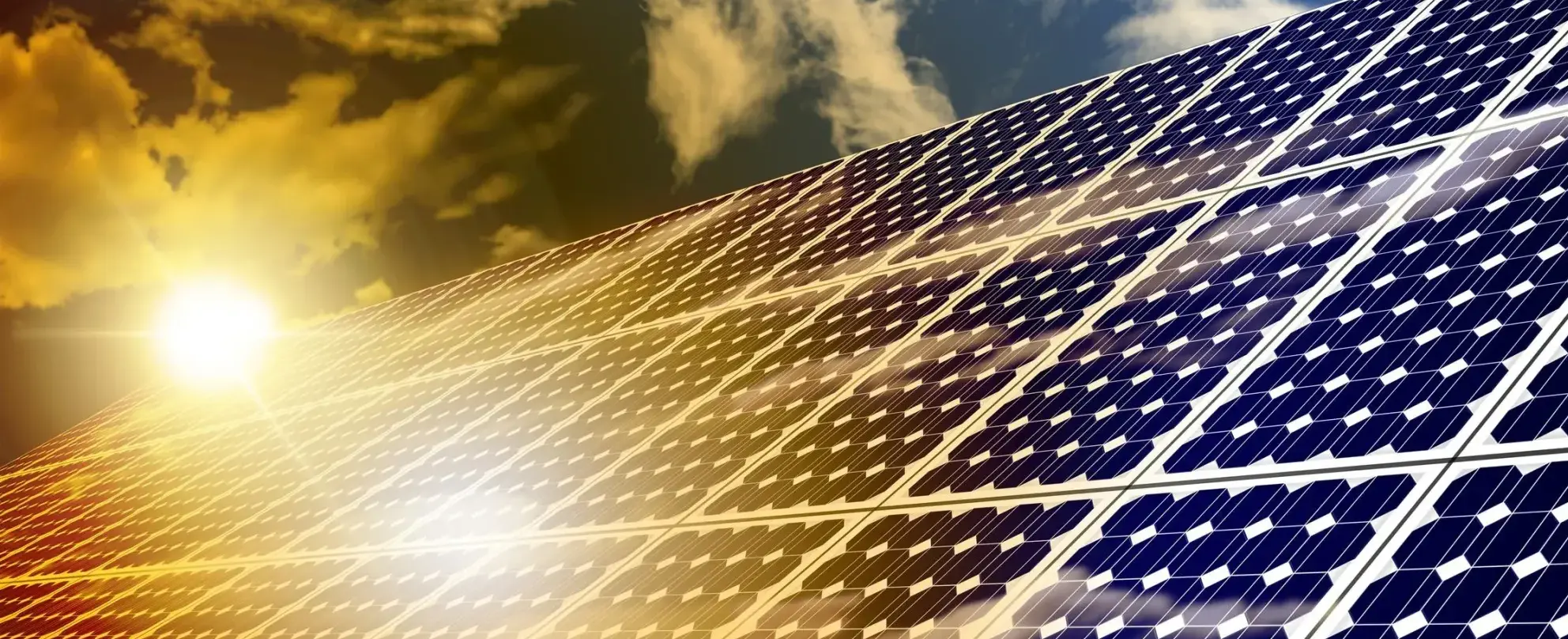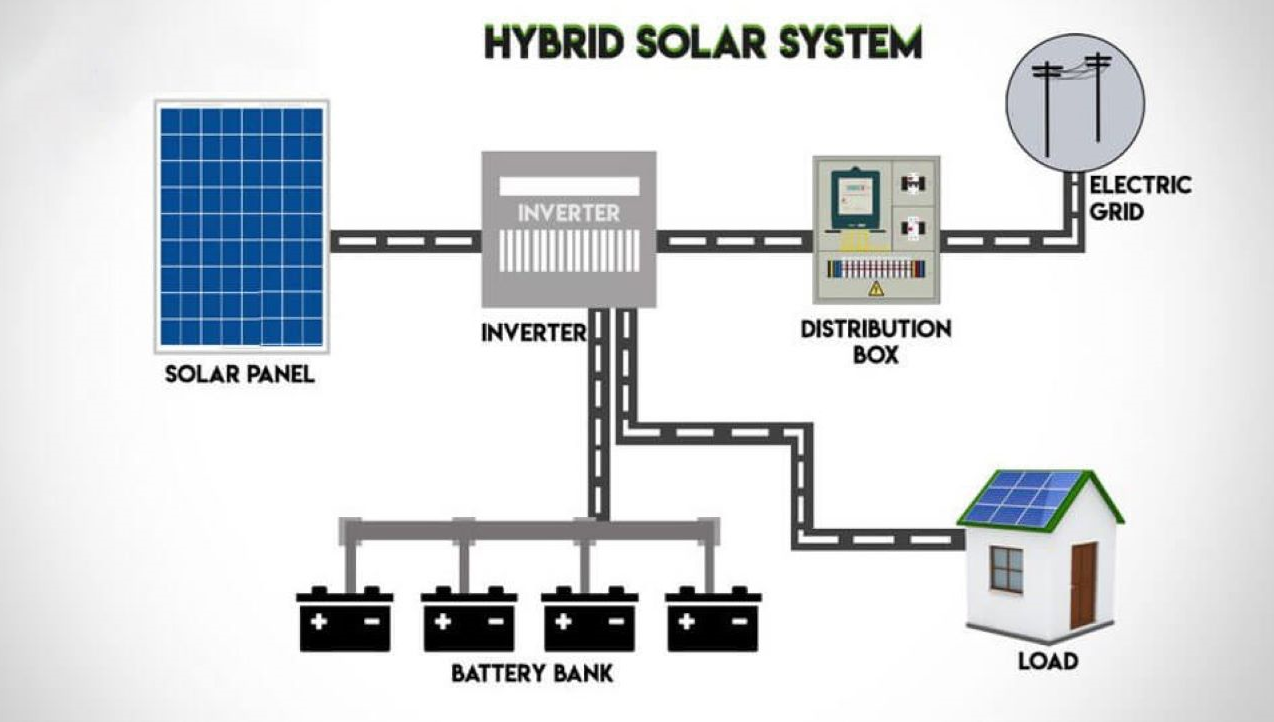Advantages of Hybrid Solar Systems include:
Energy Independence:
Hybrid systems allow users to generate and store their own electricity, reducing reliance on the grid. This can be especially advantageous in areas with unreliable or expensive grid power, or in off-grid locations where grid connection is not feasible.
Backup Power:
One of the primary advantages of hybrid systems is their ability to provide backup power during grid outages. By storing excess solar energy in batteries, hybrid systems ensure continuous power supply to essential loads, enhancing energy resilience and reliability.
Optimized Self-Consumption:
Hybrid systems enable users to maximize self-consumption of solar energy by storing excess generation in batteries for use during periods of low solar irradiation or high electricity demand. This can help reduce grid dependency and electricity bills by offsetting peak-hour charges.
Grid Interaction:
Hybrid systems maintain a connection to the grid, allowing users to draw electricity from the grid when solar generation is insufficient or when batteries are depleted. They can also export excess energy to the grid, potentially earning credits or incentives through net metering programs.
Disadvantages of Hybrid Solar Systems include:
Cost:
Hybrid solar systems tend to be more expensive upfront compared to grid-tied systems, primarily due to the addition of battery storage and associated components. The cost of batteries can significantly impact the overall system cost, although prices have been decreasing in recent years.
Complexity:
Hybrid systems are more complex than grid-tied systems due to the integration of multiple components, including solar panels, inverters, charge controllers, batteries, and energy management systems. Installation, maintenance, and troubleshooting may require specialized knowledge and skills, potentially increasing complexity and costs.
Space Requirements:
Battery storage adds physical space requirements to hybrid solar systems, which may be a consideration for installations with limited space availability. Additionally, larger battery banks may be needed to provide sufficient backup power capacity, further increasing space requirements.
Battery Lifespan and Maintenance:
The lifespan of batteries used in hybrid systems can be a concern, as they typically have a limited number of charge-discharge cycles. Proper maintenance and monitoring are essential to ensure optimal battery performance and longevity, which may require additional time and resources.
Regulatory and Policy Issues:
Regulatory and policy considerations, such as grid connection requirements, net metering policies, and incentives for renewable energy, can vary by region and may impact the feasibility and economics of hybrid solar installations.


